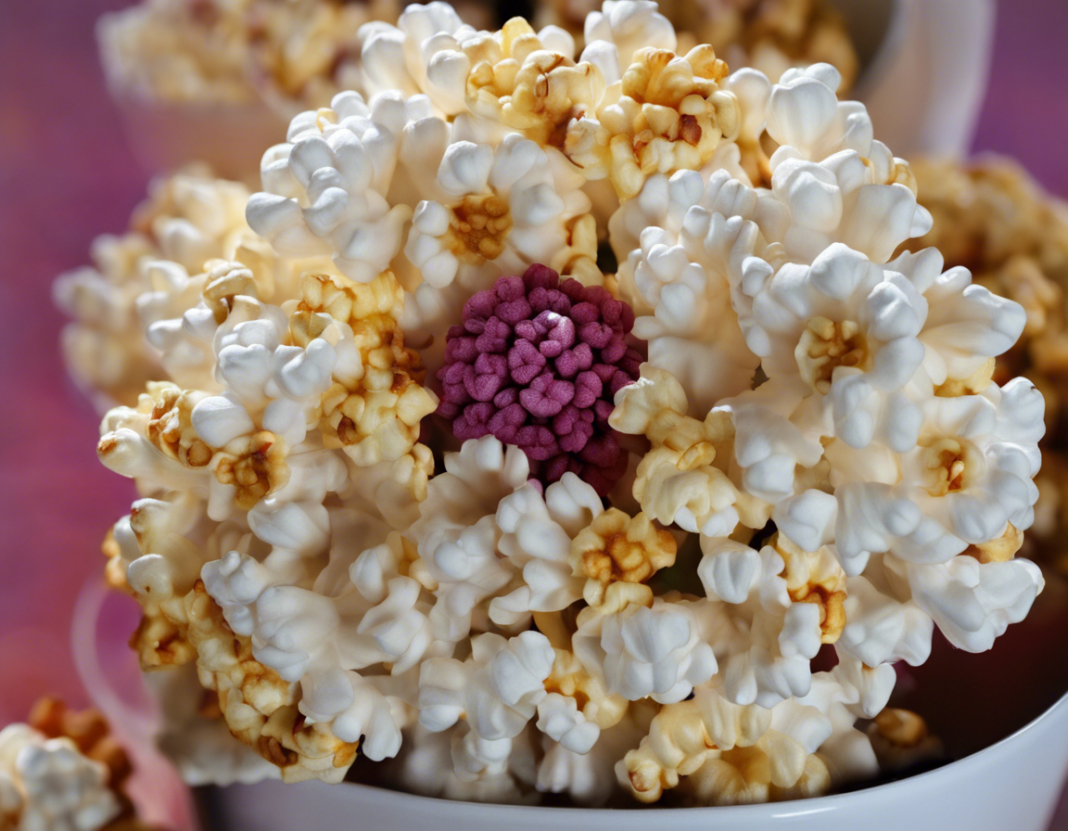Introduction
Popcorn flowers, also known by their scientific name Plagiobothrys, are delicate annual plants that belong to the borage family. These wildflowers are native to North America and are particularly abundant in regions with well-drained soil and plenty of sunlight. Popcorn flowers derive their name from the shape and color of their clusters of small, white, or yellow flowers, which closely resemble popcorn kernels. While often overlooked due to their diminutive size, these charming wildflowers play a crucial role in supporting local ecosystems and are a delight to behold for nature enthusiasts.
Understanding Popcorn Flowers
Popcorn flowers can be found in a variety of habitats, including grasslands, deserts, and forests, where they thrive in both dry and moist conditions. These plants typically grow up to 12 inches in height and produce tiny flowers arranged in clusters at the end of branching stems. The flowers themselves are tubular in shape, with five petals that unfurl to reveal intricate patterns and delicate stamens. Despite their small size, popcorn flowers attract a range of pollinators, such as bees, butterflies, and beetles, contributing to the local biodiversity of their surroundings.
Types of Popcorn Flowers
There are several species of popcorn flowers, each possessing unique characteristics that set them apart. Some common types include:
-
Plagiobothrys nothofulvus: Found in meadows and grasslands, this species displays small, bell-shaped flowers with a distinctive golden hue.
-
Plagiobothrys figuratus: Known for its slender stems and clusters of white flowers, this species can often be found in rocky or sandy soils.
-
Plagiobothrys hispidulus: Characterized by its hairy leaves and compact flower clusters, this species thrives in open fields and disturbed areas.
Caring for Popcorn Flowers
While popcorn flowers primarily grow in the wild, enthusiasts can also cultivate them in home gardens to enjoy their beauty up close. Here are some tips for caring for popcorn flowers:
-
Light: Popcorn flowers thrive in full sunlight, so be sure to plant them in an area that receives ample sunlight throughout the day.
-
Soil: These plants prefer well-drained soil with a neutral pH. Ensure that the soil is not waterlogged to prevent root rot.
-
Watering: While popcorn flowers are drought-tolerant, they still require regular watering, especially during dry spells. Water deeply but infrequently to encourage deep root growth.
-
Fertilization: Minimal fertilization is needed for popcorn flowers. A light application of a balanced fertilizer in early spring can help promote healthy growth.
-
Propagation: Popcorn flowers can be propagated from seeds. Sow the seeds in the desired location in the early spring, and keep the soil evenly moist until germination occurs.
The Ecological Importance of Popcorn Flowers
Despite their unassuming appearance, popcorn flowers play a vital role in supporting the local ecosystem. As a nectar source for pollinators, these plants contribute to the pollination of other native flora, facilitating seed production and ensuring genetic diversity within plant populations. Additionally, the seeds of popcorn flowers serve as a food source for birds and small mammals, further enhancing the interconnectedness of the ecosystem.
Conservation of Popcorn Flowers
Due to factors such as habitat loss and climate change, some species of popcorn flowers are facing threats to their survival. Conservation efforts, such as preserving natural habitats, reducing pesticide use, and raising awareness about the importance of native flora, can help protect these delicate wildflowers for future generations to enjoy. By recognizing the value of popcorn flowers within the larger ecological context, we can take steps to safeguard their continued existence.
FAQs about Popcorn Flowers
-
Are popcorn flowers invasive?
Popcorn flowers are not considered invasive species. They are native to North America and play a natural role in their ecosystems. -
Can popcorn flowers be grown indoors?
While popcorn flowers are typically found in outdoor settings, they can be grown indoors in containers with adequate sunlight. -
Do popcorn flowers have a fragrance?
Popcorn flowers are not known for their fragrance and are primarily appreciated for their visual appeal. -
Are popcorn flowers toxic to pets?
Popcorn flowers are not considered toxic to pets, but it is always best to prevent pets from consuming any unknown plants. -
Do popcorn flowers have any medicinal properties?
In traditional herbal medicine, some species of popcorn flowers have been used for their astringent properties, although further research is needed.
In conclusion, popcorn flowers exemplify the understated beauty and ecological significance of native wildflowers. By taking the time to appreciate these small yet remarkable plants, we gain a deeper understanding of the intricate web of life that sustains our natural world. Whether encountered in the wild or cultivated in a garden, popcorn flowers serve as a reminder of the interconnectedness and fragility of our environment, urging us to cherish and protect the delicate beauty that surrounds us.
